Follow my 1967 Dodge Dart Restoration
This is so far my favorite and most exciting update: Revealing what came out of the sand box!
Here it is after the final maching attached to both the engine and transmission:
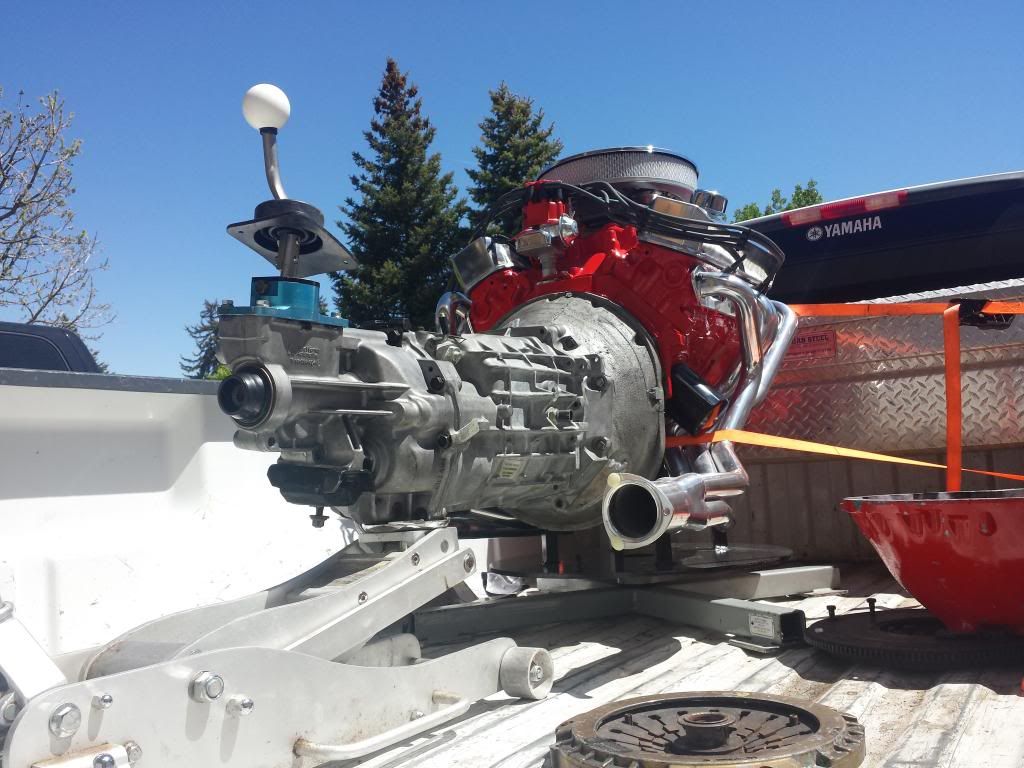
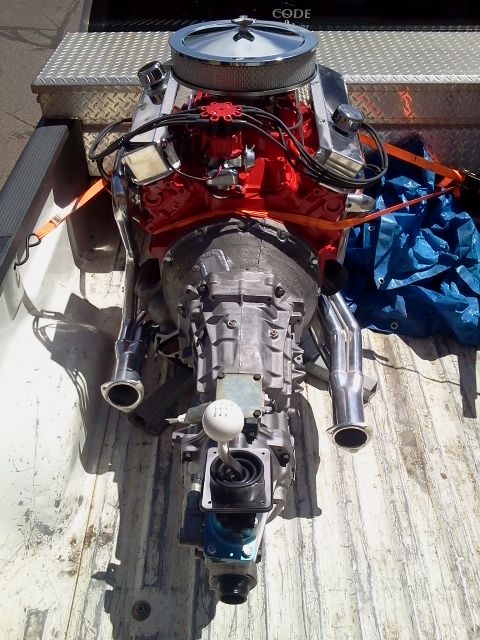
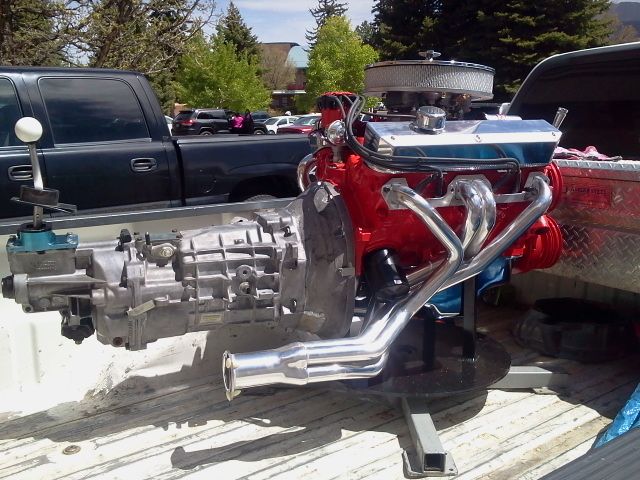
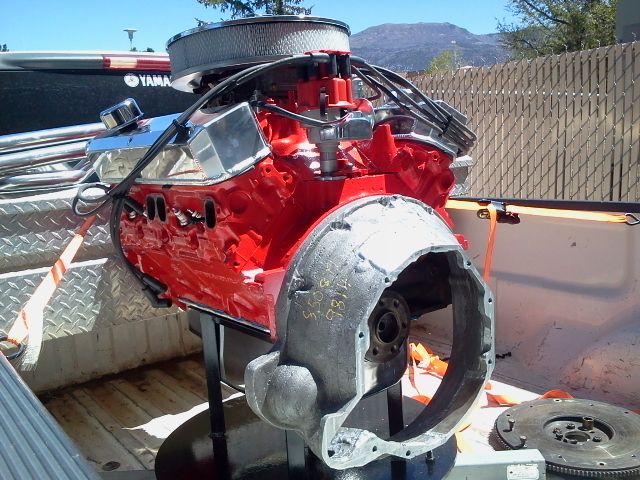
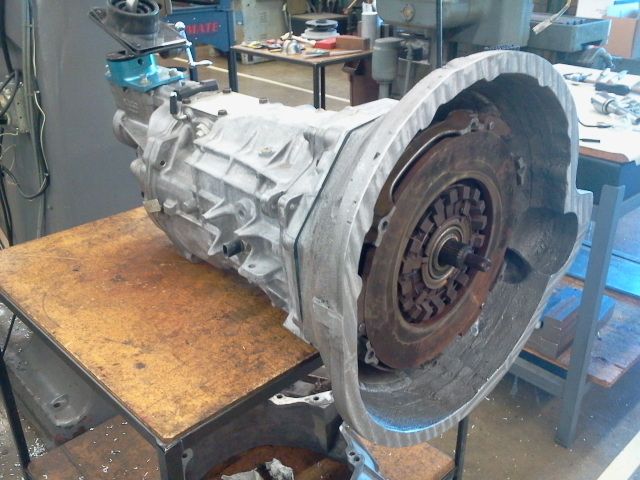
Here's the story and machining prosess:
The morning after we casted the aluminum, i dug the sand out of the flask, excited like a kid on Christmas. Buried in the sand was the bell housing i worked so long and hard for!
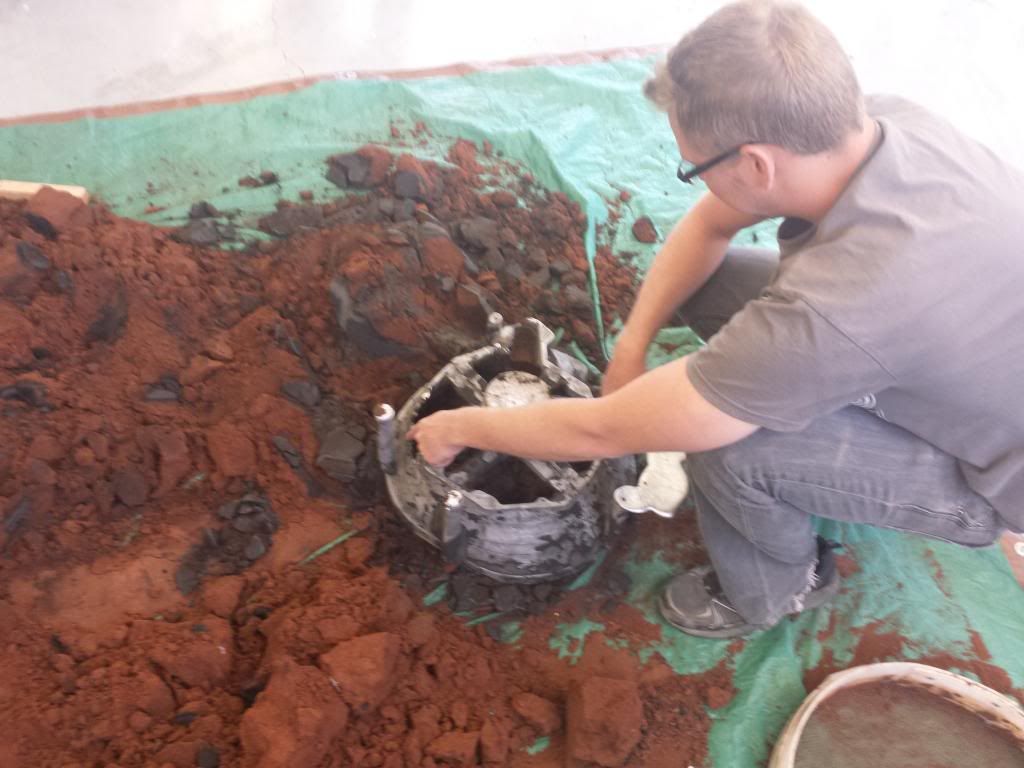
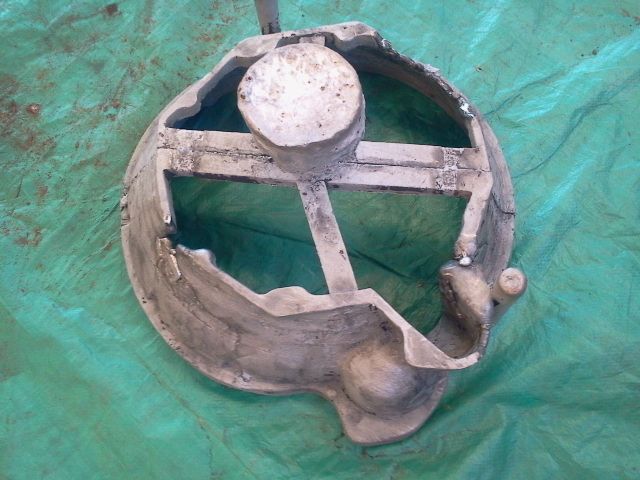
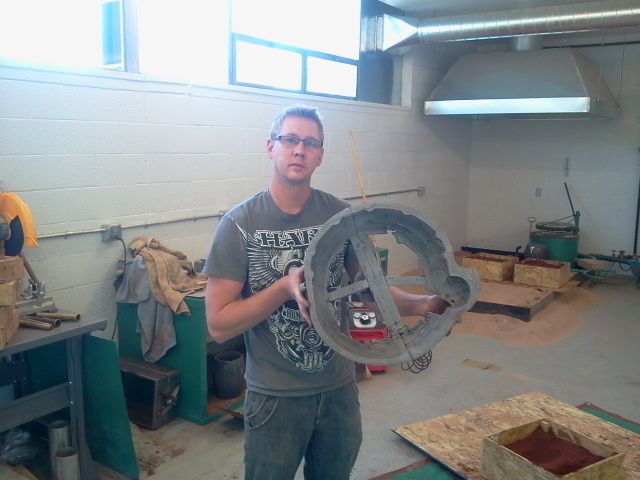
After I took it out and cleaned the sand of it, I noticed that there were a few flaws in the casting. Two areas where the aluminum froze and left an bad area. This was nothing too bad and could easily be corrected.
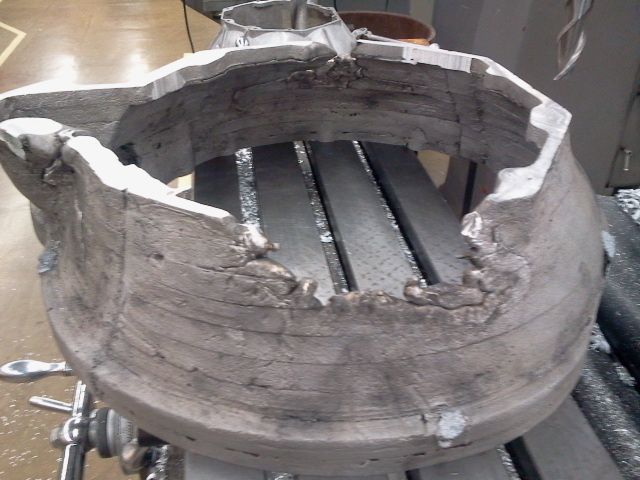
I milled the bad areas out and left an square hole:
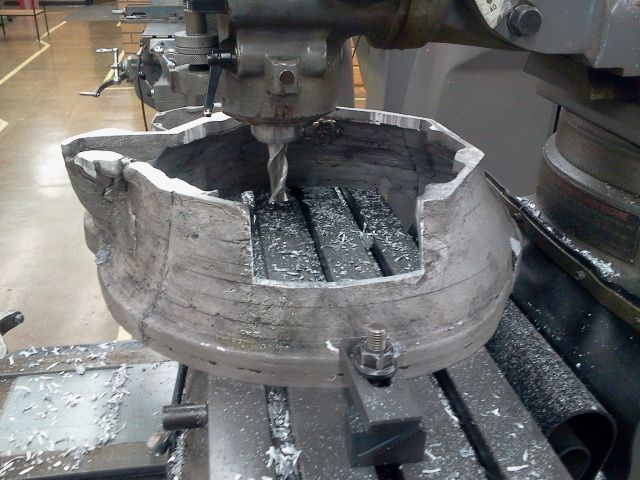
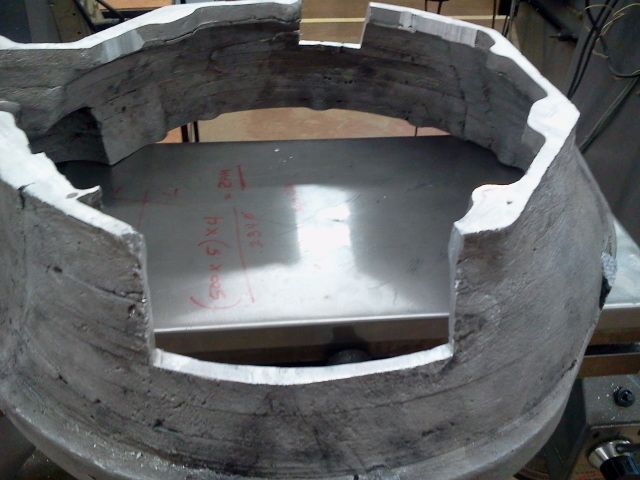
I then cut and bent a aluminum plate to fit the hole perfectly:

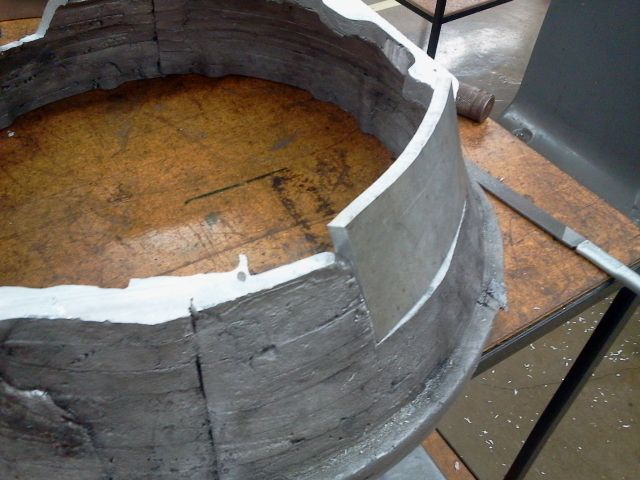
After it was tig welded into place, I surface milled the bell housing on both sides to ensure the correct bell depth:
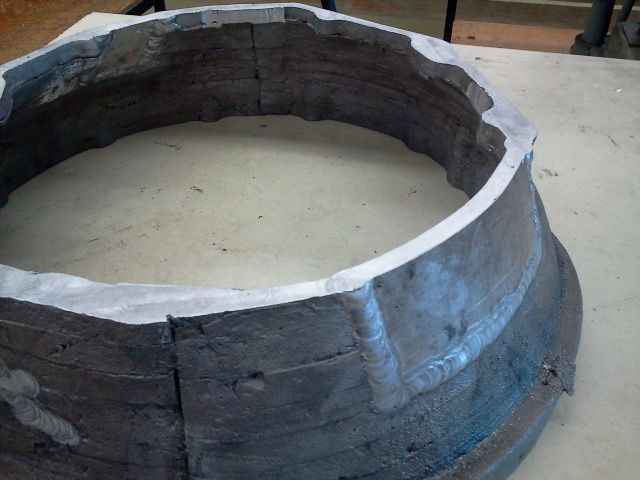
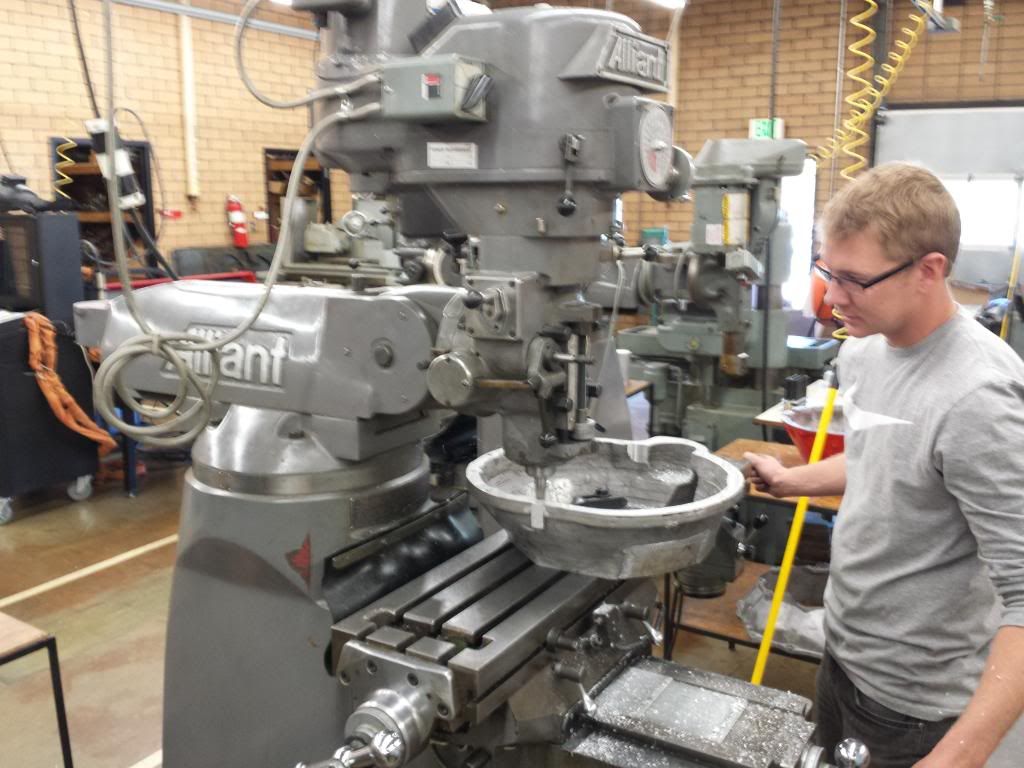
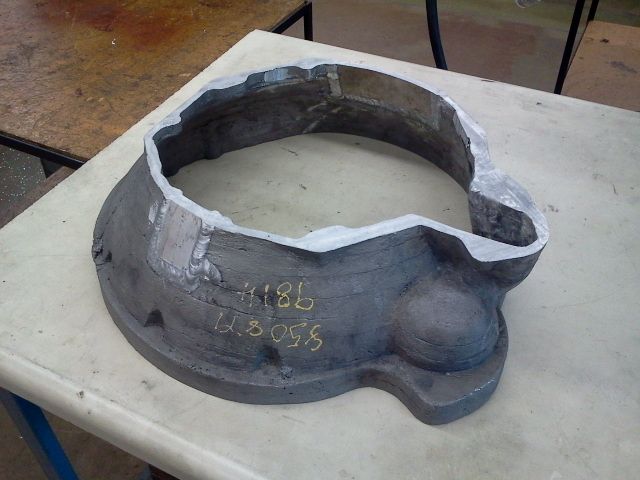
I then drilled and tapped the holes on the transmission side:
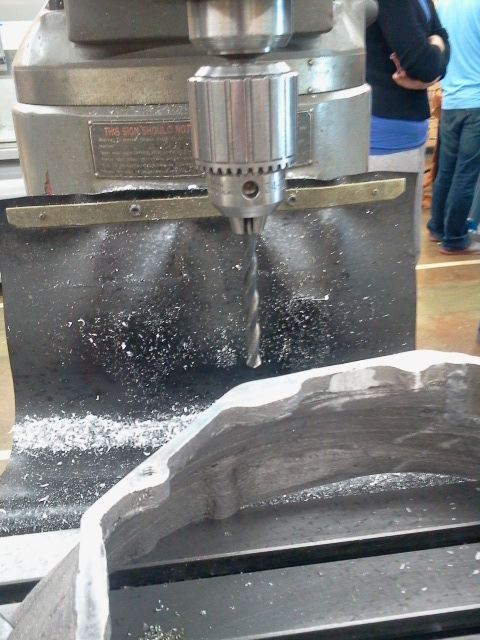
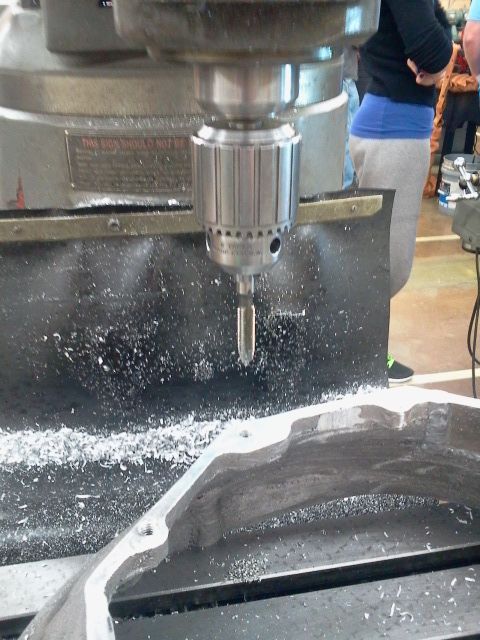
It bolted perfectly to the T56 transmission:
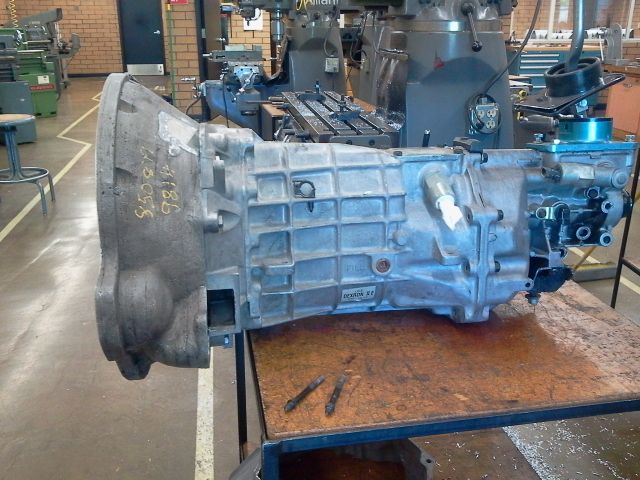

The clutch fork's hole also aligns perfectly with it:
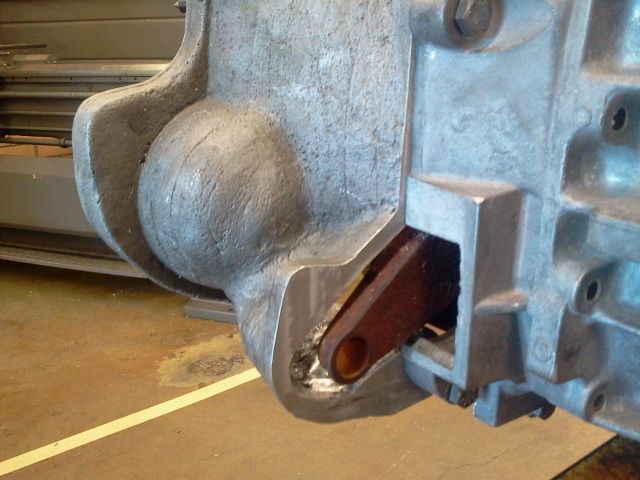
I then drilled all the holes for the engine side of the bell housing, as well as the holes to mount the starter and clutch slave cylinder:
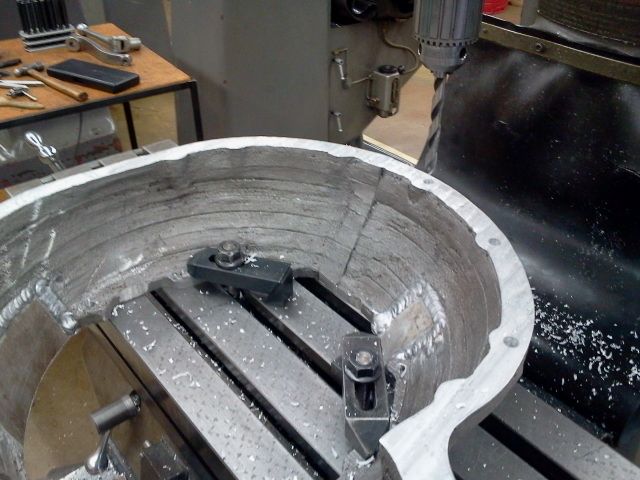
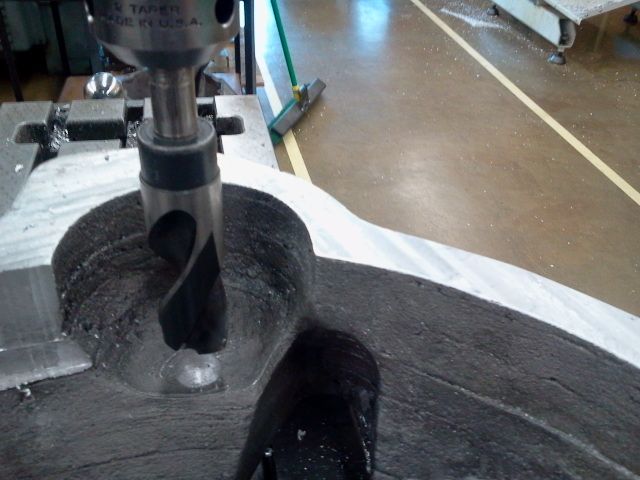
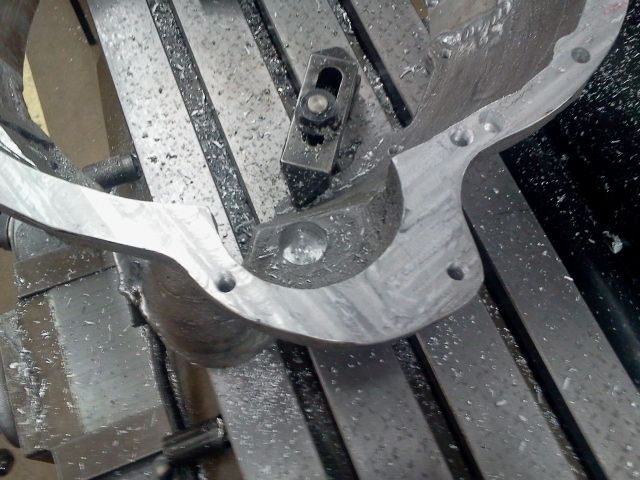
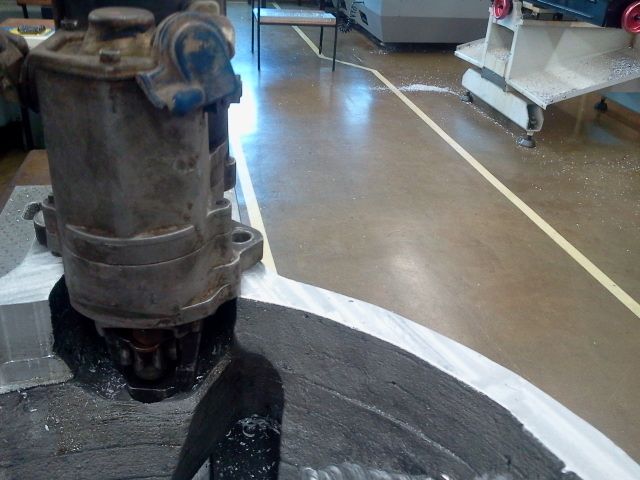


This pictures show how perfect the starter engages into the flywheel when it is all bolted to the engine:
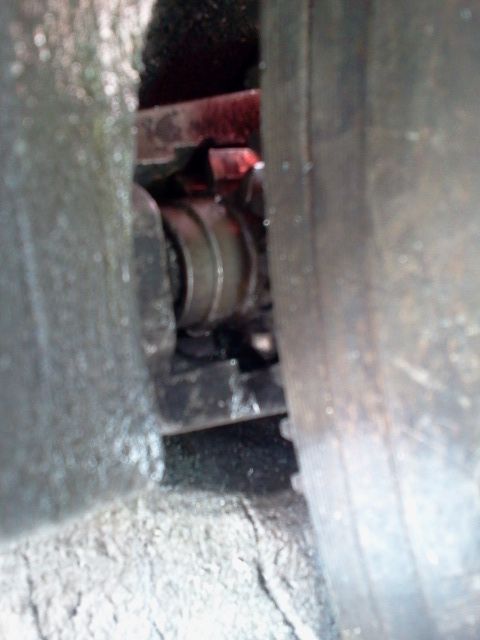
The bell housing is finally machined!
How ever, before i can bolt it together and throw it in the car, the cast aluminum needs to be heat treated to make the alloy harder and stronger.
The heat treating process was just as interesting as the casting process.
Explained:
Aluminum melts at 1200 degrees Fahrenheit, so during the heat treating process the bell housing was put into an big oven and brought up to an temperature of 1000 degrees Fahrenheit and kept at that temperature for 12 hours. The reason for this is to bring the cast aluminum to an almost melting state. This allows all the alloy molecules to travel through the aluminum matrix and rearrange them selves to a more natural and even distribution through out the bell housing. After the 12 hours is over, the bell housing was immediately dropped into cold water. This freezes all the molecules at that perfect state, ensuring a much stronger and harder aluminum alloy. Also, after aluminum is casted, it ages and gets stronger little by little for about a month. To speed this process up, the bell housing was put back into the oven and brought up to 340 degrees Fahrenheit and kept at that temperature for 4 hours. The bell housing is now as strong as any aluminum bell housing from a car manufacturing company.
Here it is placed in the oven and then brought up to 1000 degrees Fahrenheit to temper the metal:

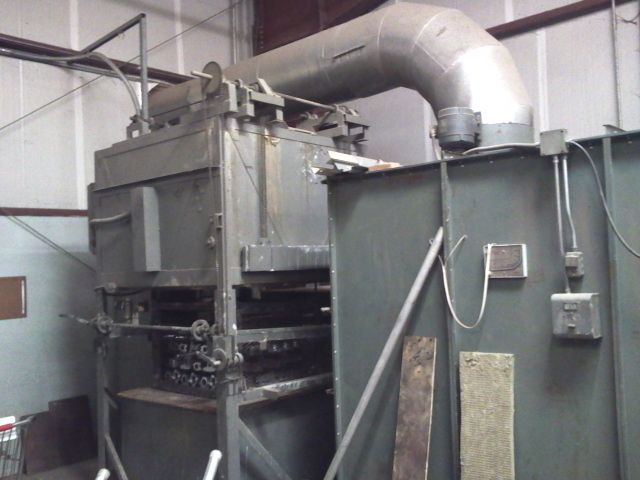
After heat treating the bell housing it had a great noticeable difference not only in its hardnes, but also in color and the way it sounds when being tapped with something.
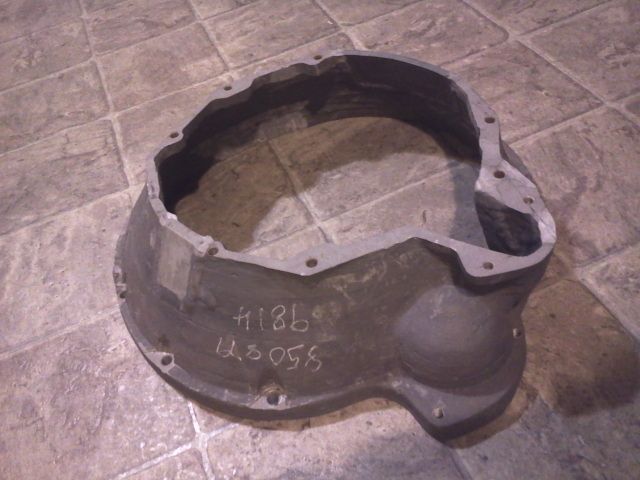
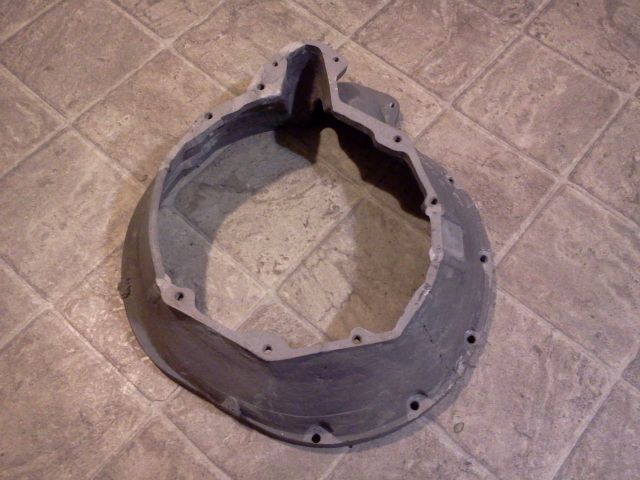
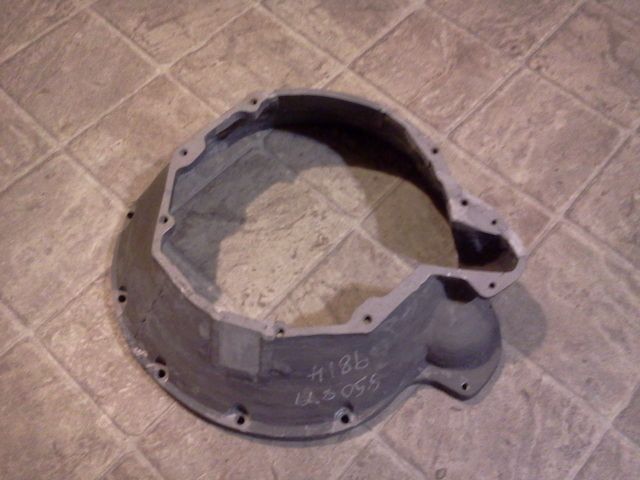
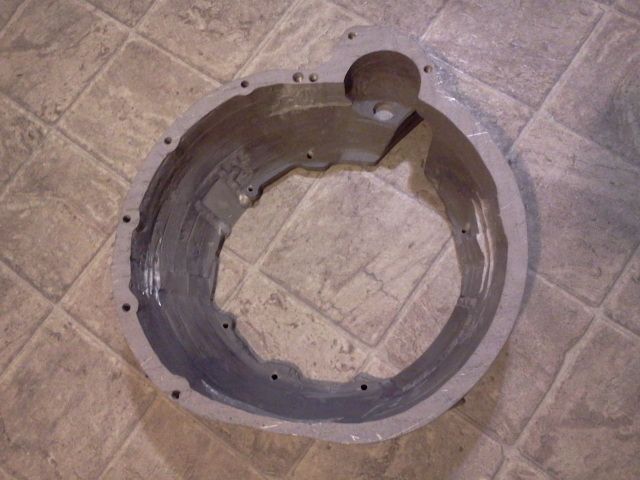
Here are some more pictures of it all bolted together, including starter:

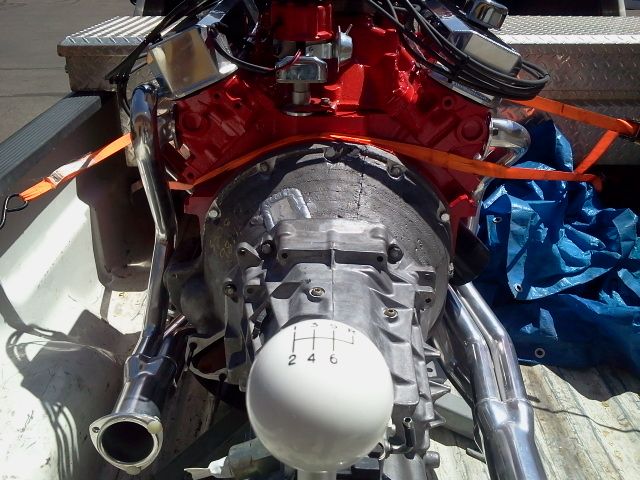
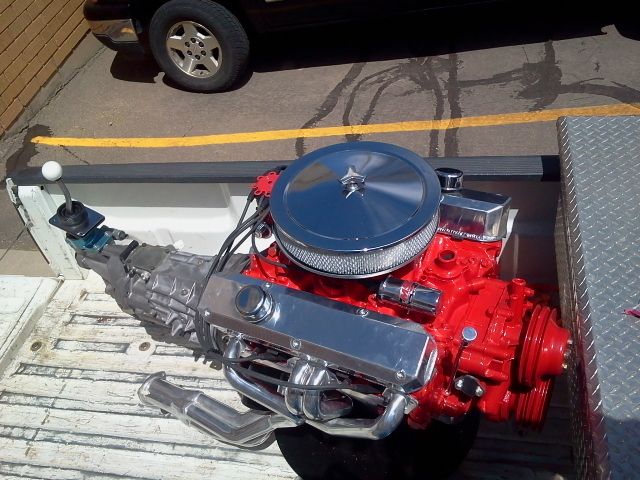
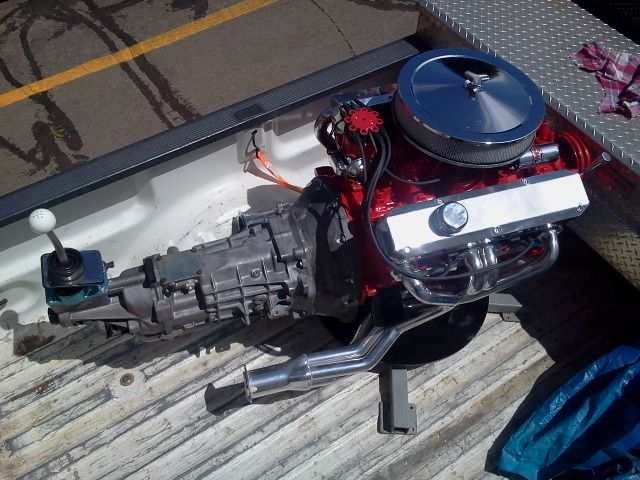
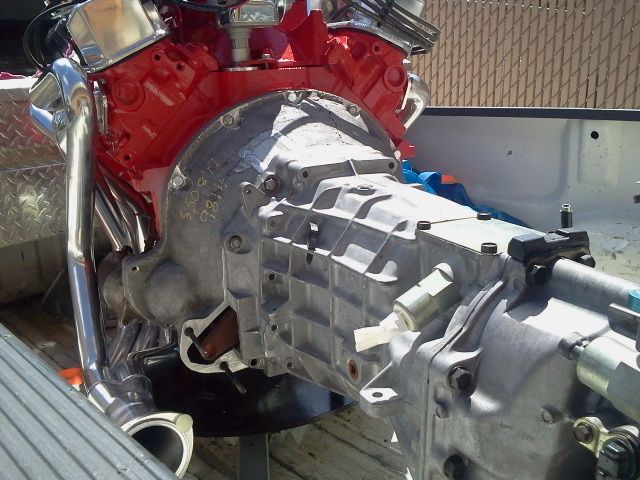

Thank you for following
Louwtjie
This is so far my favorite and most exciting update: Revealing what came out of the sand box!
Here it is after the final maching attached to both the engine and transmission:





Here's the story and machining prosess:
The morning after we casted the aluminum, i dug the sand out of the flask, excited like a kid on Christmas. Buried in the sand was the bell housing i worked so long and hard for!



After I took it out and cleaned the sand of it, I noticed that there were a few flaws in the casting. Two areas where the aluminum froze and left an bad area. This was nothing too bad and could easily be corrected.

I milled the bad areas out and left an square hole:


I then cut and bent a aluminum plate to fit the hole perfectly:


After it was tig welded into place, I surface milled the bell housing on both sides to ensure the correct bell depth:



I then drilled and tapped the holes on the transmission side:


It bolted perfectly to the T56 transmission:


The clutch fork's hole also aligns perfectly with it:

I then drilled all the holes for the engine side of the bell housing, as well as the holes to mount the starter and clutch slave cylinder:






This pictures show how perfect the starter engages into the flywheel when it is all bolted to the engine:

The bell housing is finally machined!
How ever, before i can bolt it together and throw it in the car, the cast aluminum needs to be heat treated to make the alloy harder and stronger.
The heat treating process was just as interesting as the casting process.
Explained:
Aluminum melts at 1200 degrees Fahrenheit, so during the heat treating process the bell housing was put into an big oven and brought up to an temperature of 1000 degrees Fahrenheit and kept at that temperature for 12 hours. The reason for this is to bring the cast aluminum to an almost melting state. This allows all the alloy molecules to travel through the aluminum matrix and rearrange them selves to a more natural and even distribution through out the bell housing. After the 12 hours is over, the bell housing was immediately dropped into cold water. This freezes all the molecules at that perfect state, ensuring a much stronger and harder aluminum alloy. Also, after aluminum is casted, it ages and gets stronger little by little for about a month. To speed this process up, the bell housing was put back into the oven and brought up to 340 degrees Fahrenheit and kept at that temperature for 4 hours. The bell housing is now as strong as any aluminum bell housing from a car manufacturing company.
Here it is placed in the oven and then brought up to 1000 degrees Fahrenheit to temper the metal:


After heat treating the bell housing it had a great noticeable difference not only in its hardnes, but also in color and the way it sounds when being tapped with something.




Here are some more pictures of it all bolted together, including starter:






Thank you for following
Louwtjie